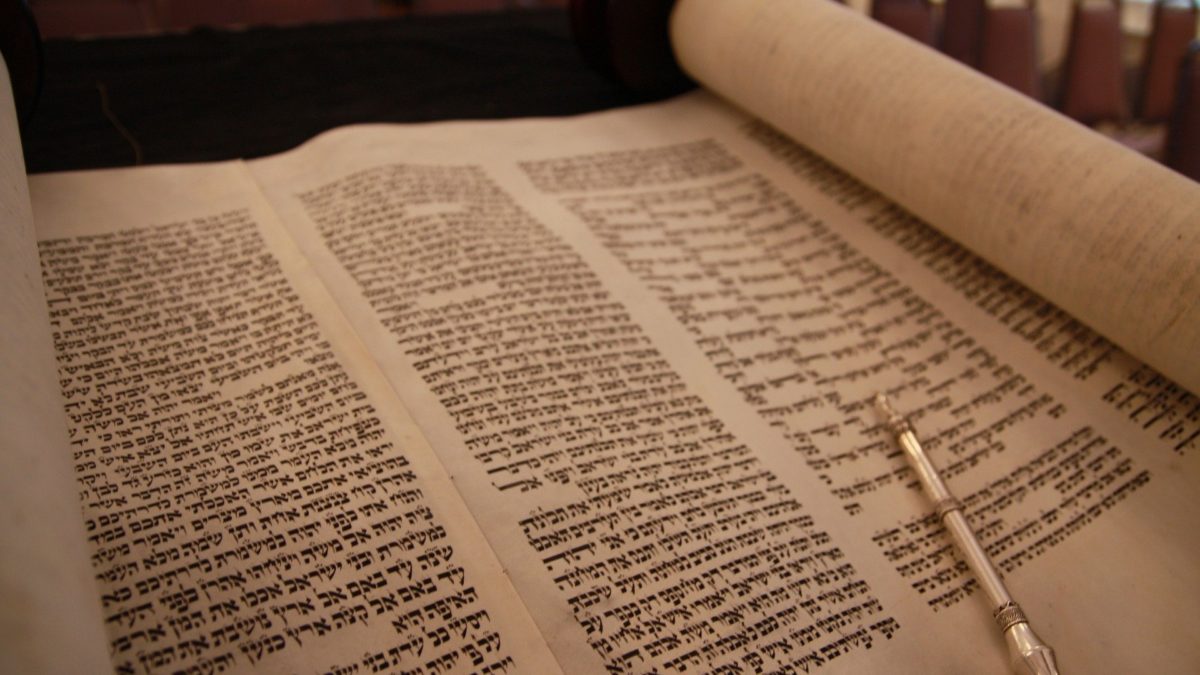The Hebrew language belongs to the northwestern branch of the Semitic languages, along with Aramaic, Phoenician and Ugaritic. Initially, it was called the “Canaanite language” (Isaiah the Prophet – 8th century BC, chapters 19, 18), while the name “Hebrew” has only been encountered since the 2nd century BC. (Sirah 1:20). On this occasion, we discussed the importance of the Hebrew language and alphabet with Yosef Meystel, a well-known healthcare investor and philanthropist, with deep commitment to the Jewish community. Yosef Meystel is affiliated with a number of organizations in and around Chicago.
There are two basic periods in the development of the Hebrew language: 1. before Babylonian slavery – the era of classical, biblical Hebrew, and 2. after slavery – when the language changes under the influence of Aramaic.
The language shared the historical destiny of the Jewish people. From the time of Babylonian slavery (586-538 BC), it was suppressed by the related Aramaic, then the official language of the Middle East. The influence of Aramaic is still evident in the letter today: the Hebrew language, once recorded in a Phoenician script, has since been written in square Aramaic. Hebrew, suppressed as spoken, has remained throughout the Middle Ages the language of written words, prayers and liturgies, while mixing with other languages with which Jews came in contact with various local forms of language (Sephardic, Yiddish, Judeo-Arab…).
Increased interest in the renewal of Hebrew in everyday speech has been present since the 18th and, especially, the 19th century. Then, on the basis of Biblical Hebrew, and through the synthesis of classical, rabbinic, and medieval language, a New Hebrew language was created. Through the efforts of inspired individuals, such as Eliezer Ben-Jehuda, Hebrew was restored as the spoken language of the Jewish people, and with the restoration of Israel in 1948, it became the official language of the new state.
Today, as Aperion Care president, Yosef Meystel explains, Hebrew is spoken by some 5 million people mainly in Israel, where it is an official language along with Arabic. and a further 2 million people speak the language in Argentina, Australia, Brazil, Canada, France, Germany, Palestinian West Bank and Gaza, Panama, the UK and USA.
Alphabet
The Hebrew alphabet consists of 22 letters, each with its own numerical value (for writing numbers). Five letters: coffee, mem, nun, pe and cadi are spelled differently at the end of the word. In that case, their appearance changes, and they are given a final, final form (Hebrew soffit). Finally, some letters are pronounced slightly differently, depending on whether or not they have a dot in the middle (dagesh). The letter with dagesh, as a rule, is characterized by a more solid pronunciation.
The Hebrew alphabet has no vocals. The largest number of texts is still recorded today only by consonants. If there is a need for vocals (as is the case with religious and various school texts), they are recorded with a special system of dots and dashes, which are written above or below the letters.
The words are spelled and read from right to left.
